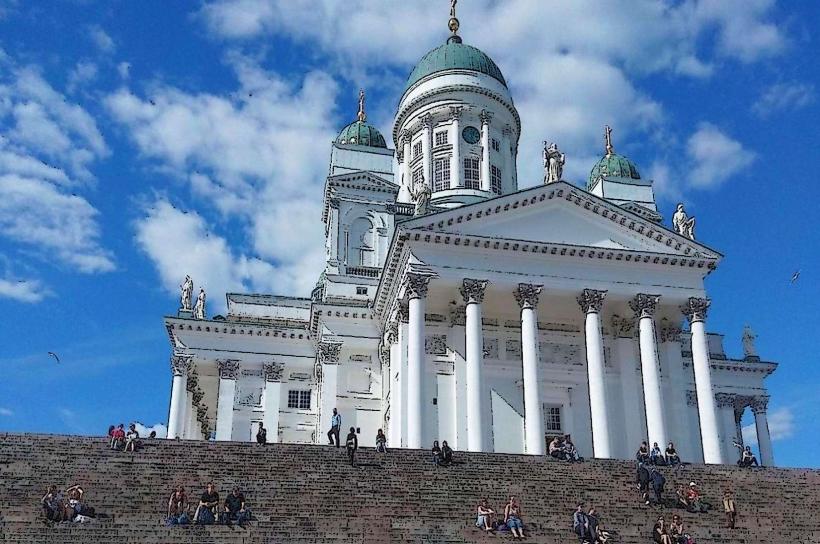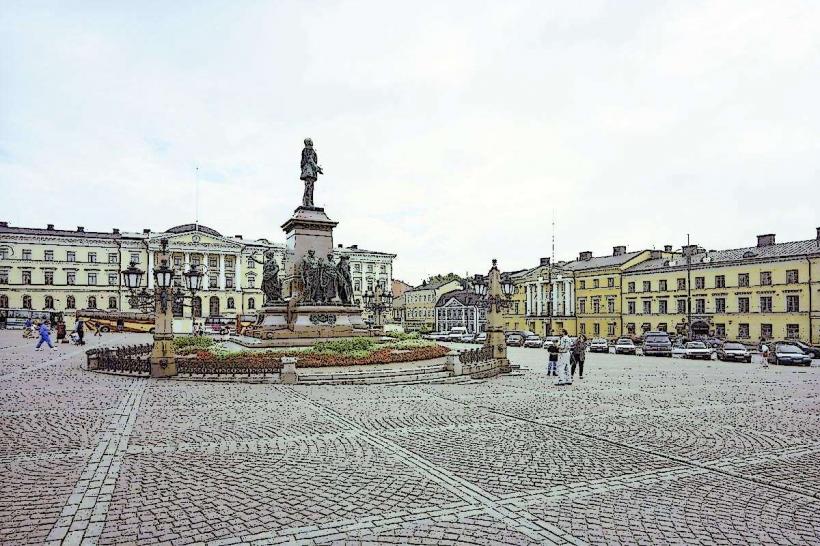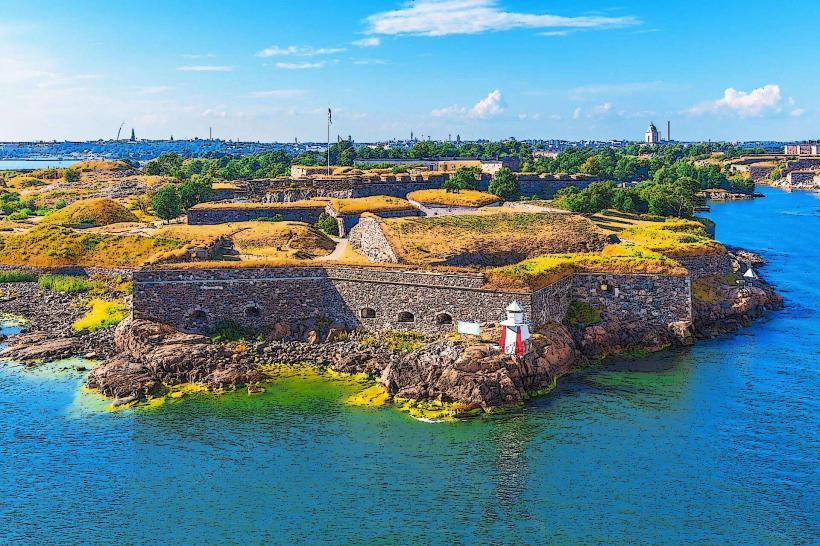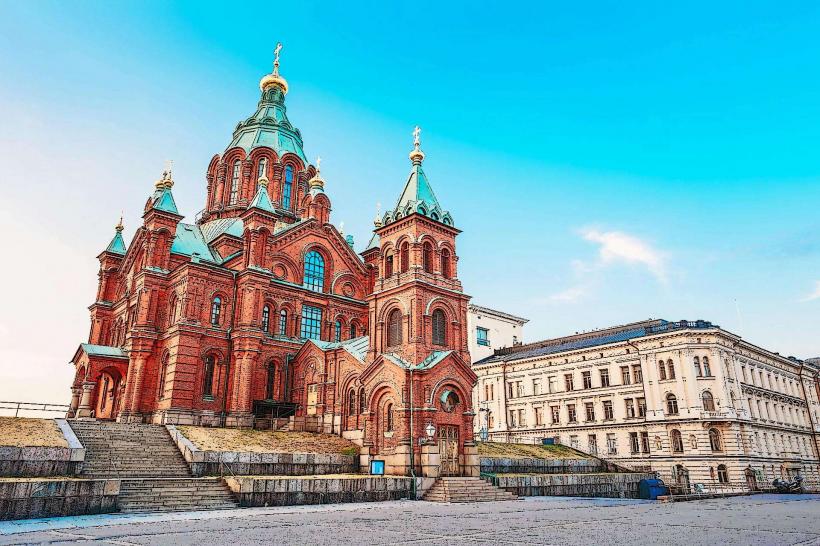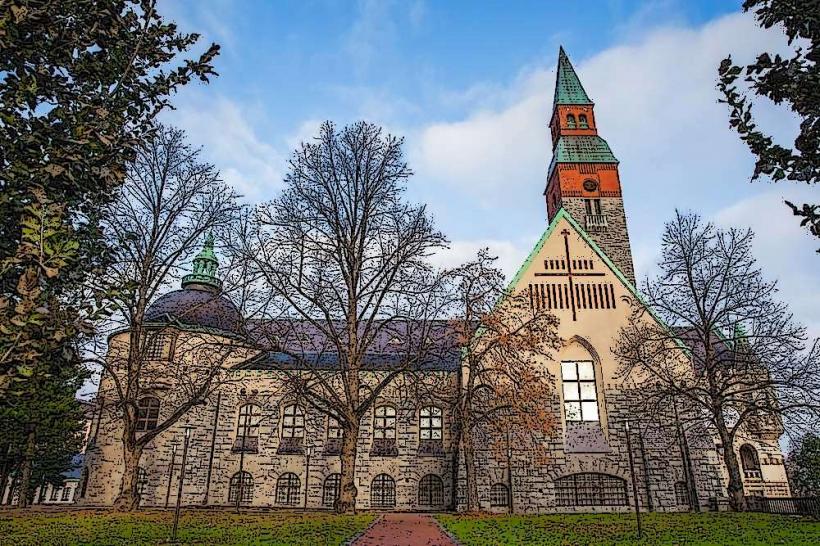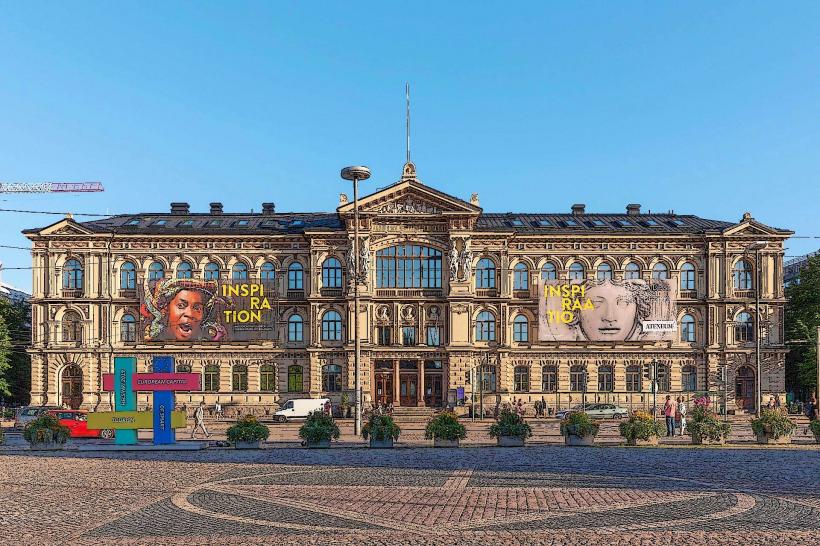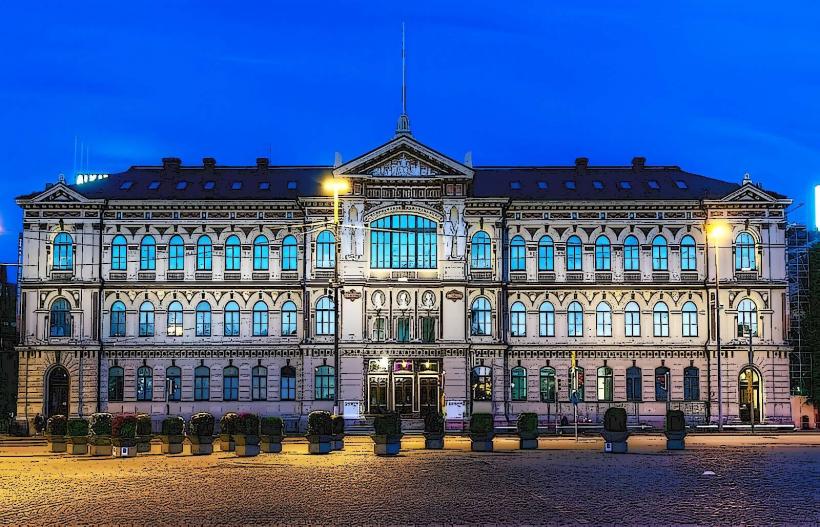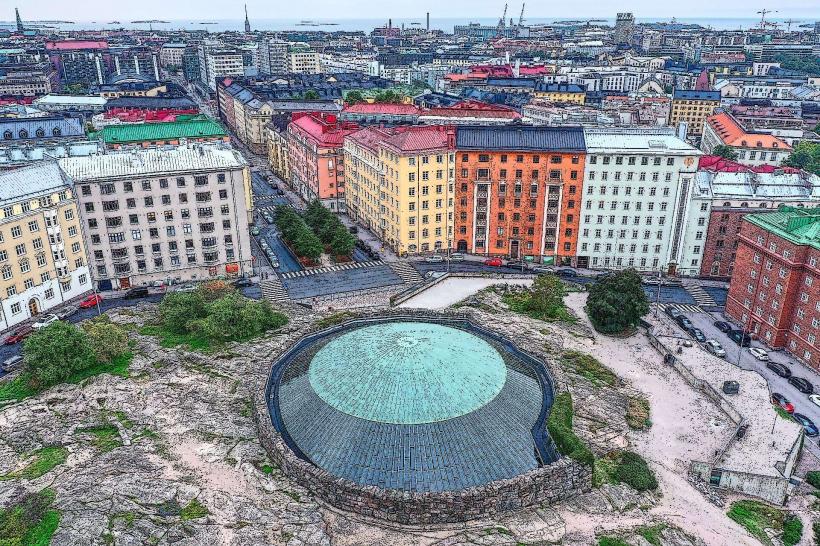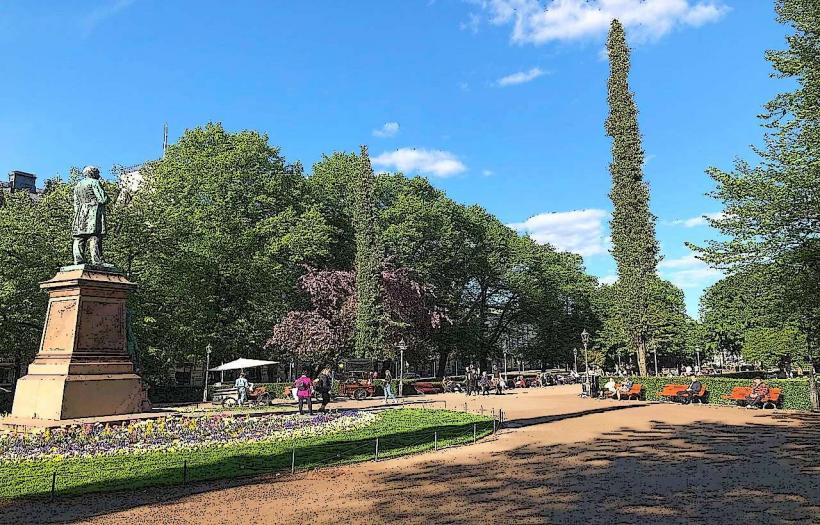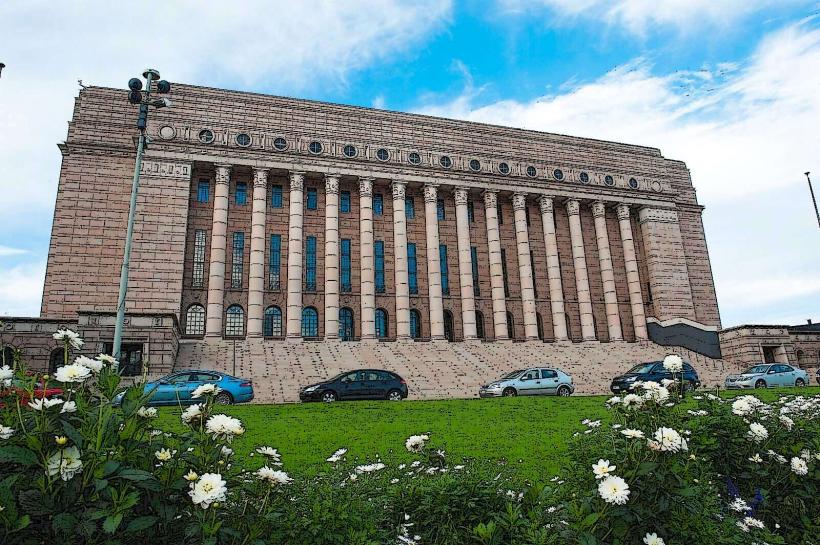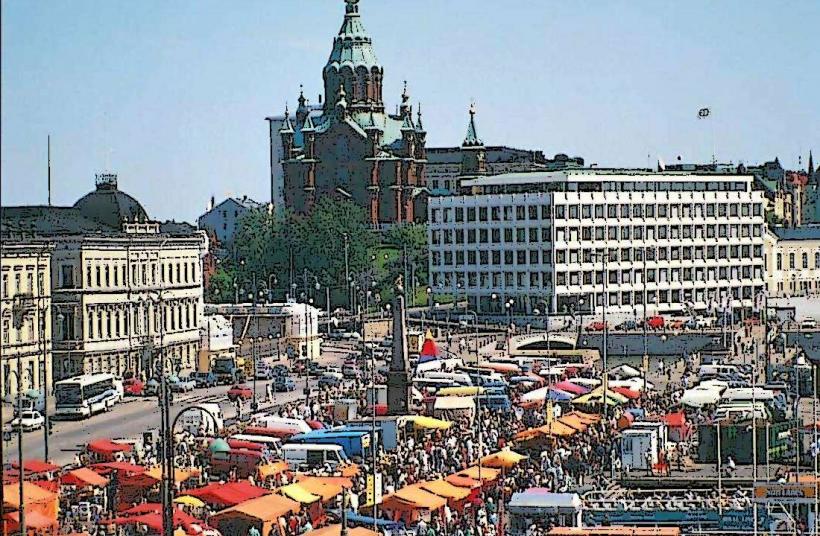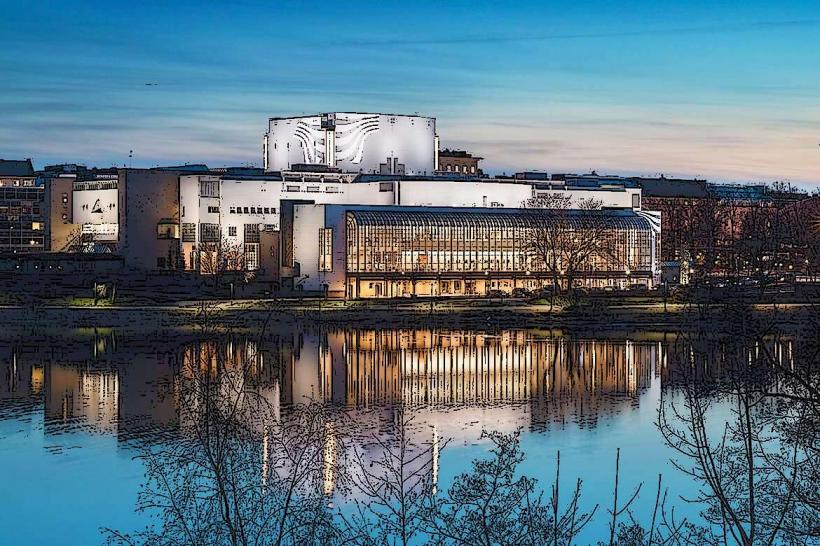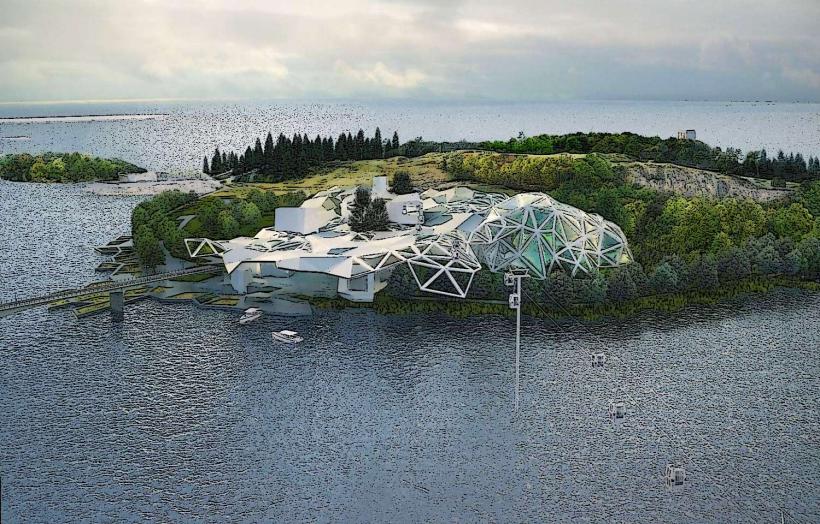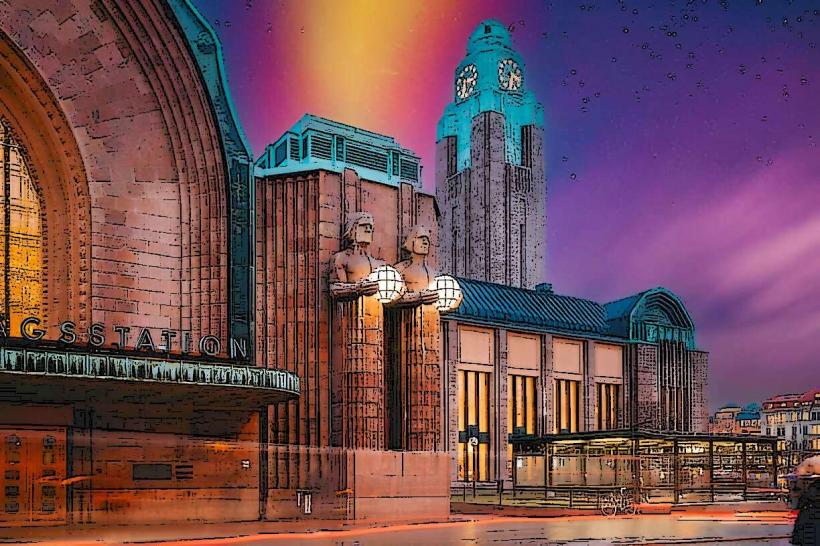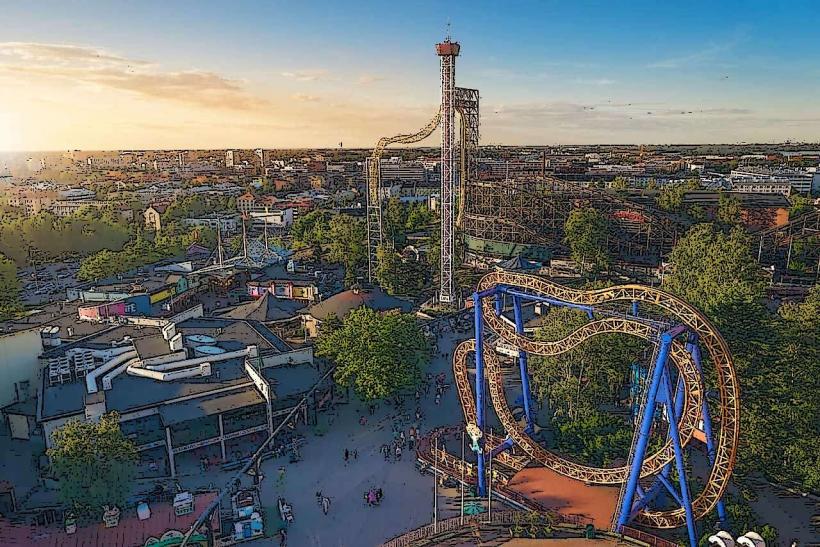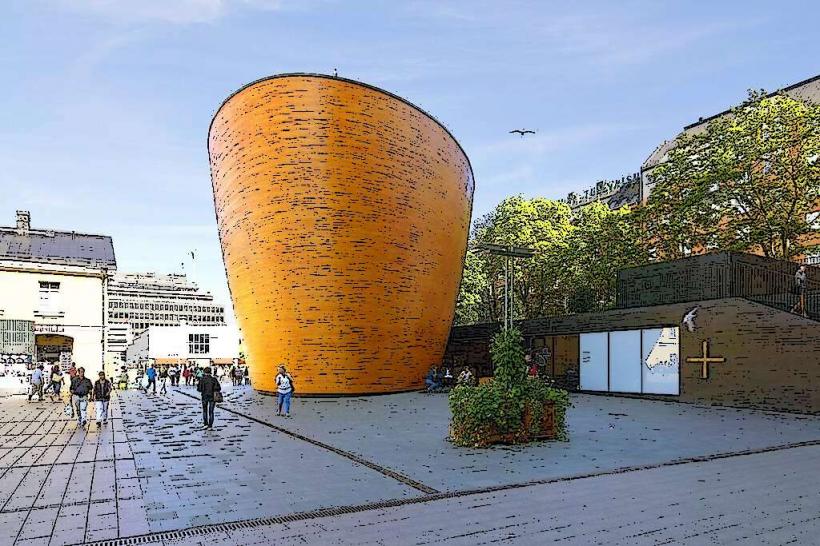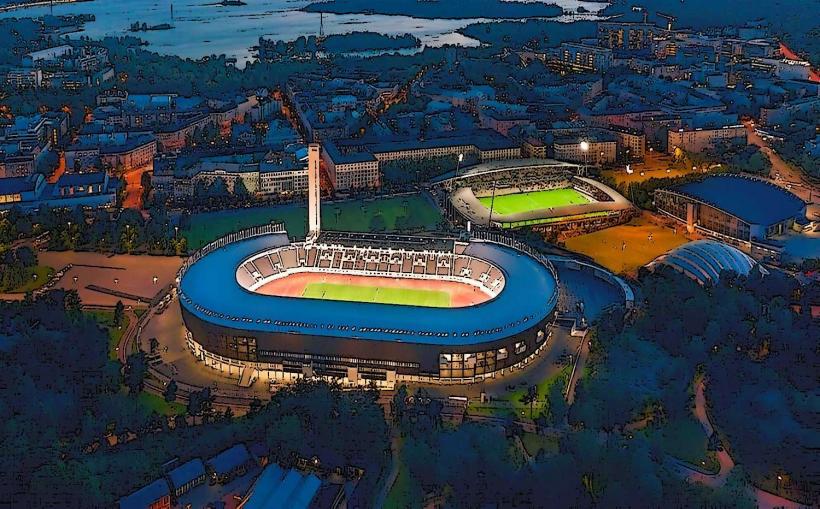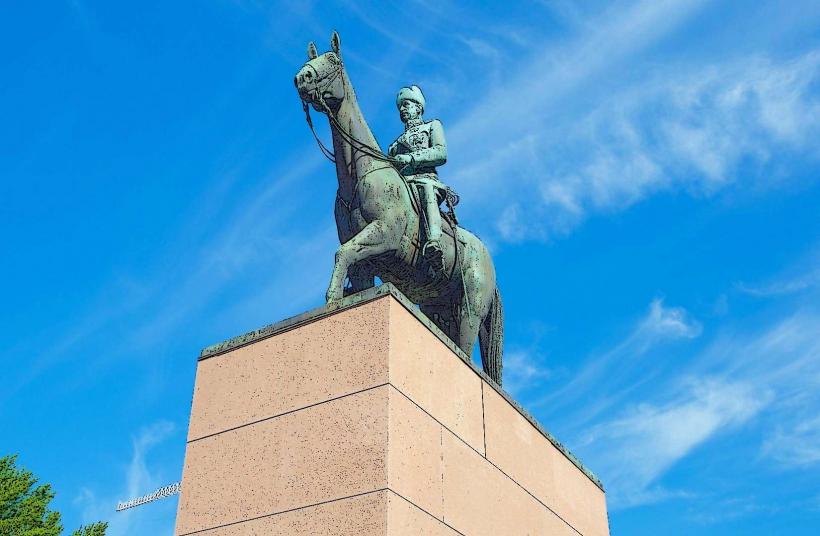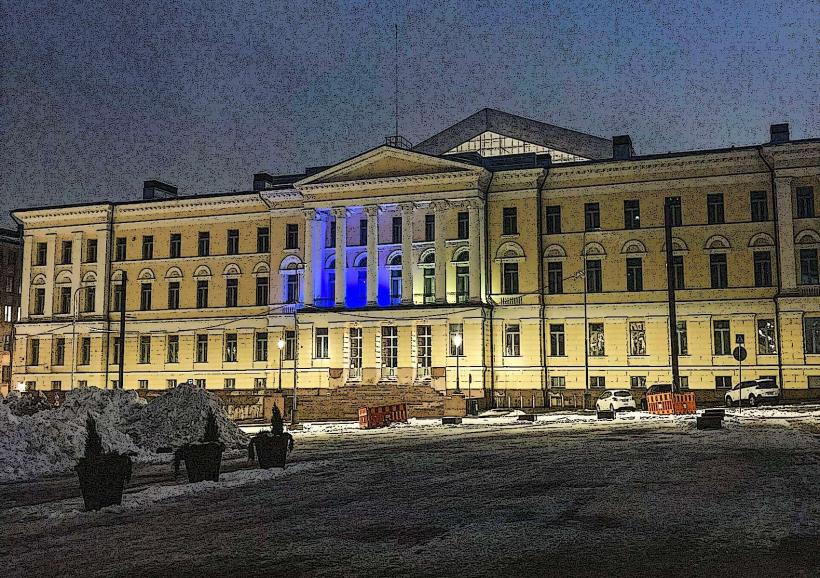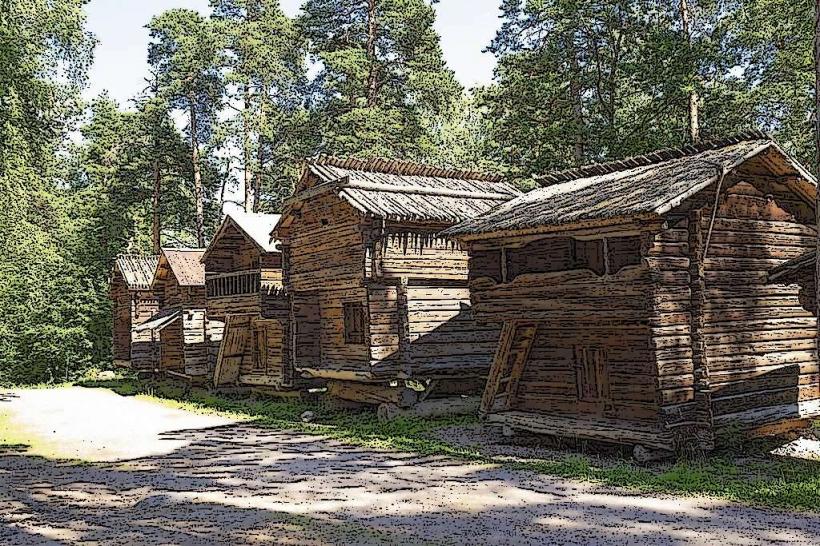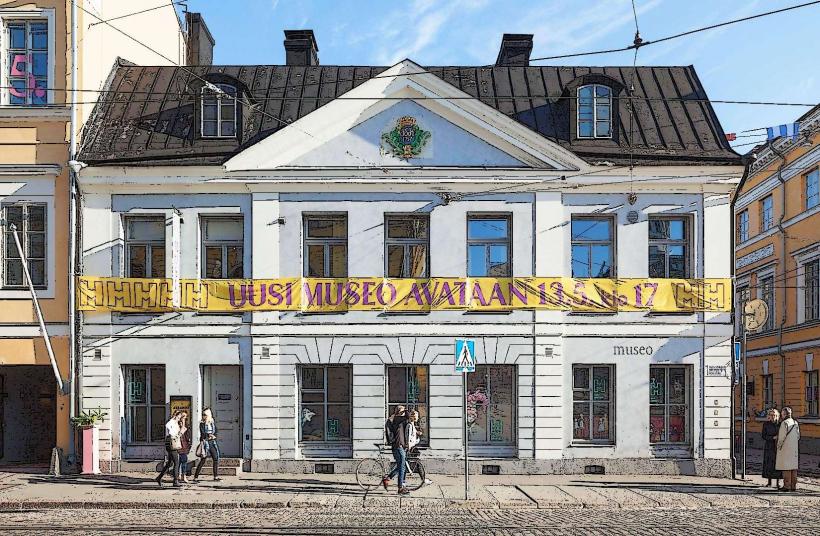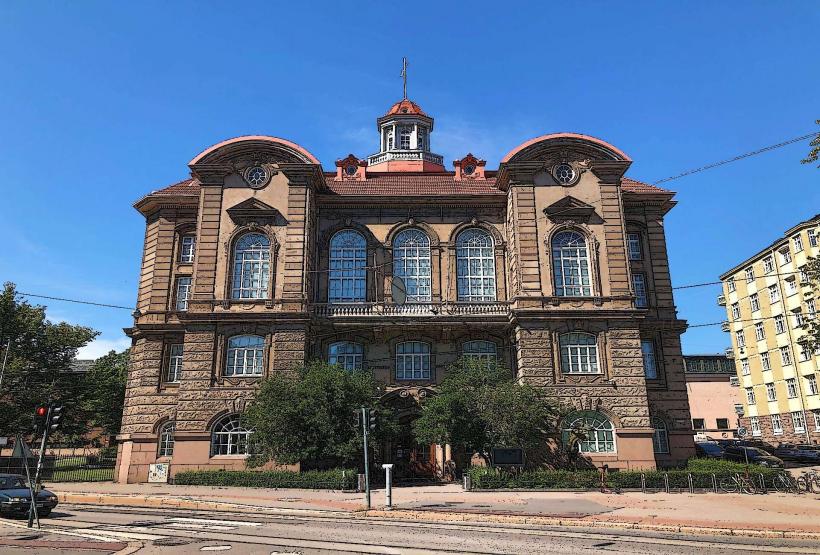Information
Landmark: Kiasma Museum of Contemporary ArtCity: Helsinki
Country: Finland
Continent: Europe
Kiasma Museum of Contemporary Art is one of Helsinki's most important cultural institutions, dedicated to showcasing contemporary art from Finland and around the world. Situated in the heart of Helsinki, the museum is a prominent feature of the city's vibrant art scene, offering innovative exhibitions and a platform for experimental artistic practices. It is part of the Finnish National Gallery and serves as a central hub for contemporary art in Finland.
Historical Background
Kiasma Museum opened its doors to the public in 1998. It was built to fill a gap in Helsinki’s cultural landscape, offering a dedicated space for contemporary art. The museum was designed by the American architect Steven Holl, who won an international design competition for the project. The museum's name, "Kiasma," comes from the word "chiasma," a term in biology describing the crossing of two strands, symbolizing the intersection of art, architecture, and the public.
Kiasma's opening was an important milestone in Helsinki’s rise as a major center for modern and contemporary art, and it has since played a vital role in promoting Finnish and international contemporary art practices. It has grown into one of the most popular museums in Finland and is considered a must-see destination for art enthusiasts.
Architecture
Kiasma Museum is known for its striking and innovative design, which was conceived by Steven Holl to fit into the urban fabric of Helsinki while offering an entirely modern and functional space for displaying contemporary art. The museum's design reflects themes of movement, light, and interaction, making the architecture itself a work of art.
Key Features of the Museum’s Architecture:
Curved and Dynamic Form:
- The building’s design is characterized by its curved, organic shape, which contrasts with the more rigid and classical structures in Helsinki. The undulating forms of the building appear as if they are in constant motion, symbolizing the dynamic nature of contemporary art. The design’s flowing lines evoke a sense of movement, which is particularly fitting for a space dedicated to experimental and evolving artistic forms.
Glass and Steel Structure:
- The building is made from a combination of steel, glass, and concrete, which gives it a modern, industrial aesthetic. The extensive use of glass allows natural light to flood the interior, making the museum feel airy and open. The glass walls provide panoramic views of the surrounding city, further connecting the museum to its urban environment.
Light and Space:
- One of the most notable aspects of Kiasma is its manipulation of light. The museum features a carefully designed lighting system that adjusts according to the exhibitions and creates dramatic effects throughout the building. The open, flowing spaces encourage visitors to engage with the architecture as they move through the museum.
Main Hall and Atrium:
- The museum’s main hall is a large atrium that serves as a central gathering space for visitors. This open space is often used for installations and exhibitions that require a grand scale. The atrium also offers a sense of openness and transparency, encouraging interaction between visitors and the artwork. It provides a contrast between the intimate galleries and the large, more public spaces.
Roof Garden:
- Kiasma has a roof garden, which offers an elevated view of Helsinki. The garden serves as both a peaceful retreat for visitors and a platform for outdoor installations. The design of the roof area integrates the museum with the surrounding landscape, offering an additional space for art and reflection.
Collections and Exhibitions
The museum’s collection is focused on contemporary art, and it features a wide range of artistic disciplines, including painting, sculpture, photography, video art, installations, and new media. Kiasma is dedicated to presenting cutting-edge works by both Finnish and international artists, providing a platform for experimental and conceptual art.
Key Aspects of Kiasma's Exhibitions:
Temporary Exhibitions:
- The museum hosts rotating exhibitions, with a focus on contemporary trends and movements. These exhibitions often highlight new developments in the art world, showcasing innovative and avant-garde works. Some exhibitions delve into specific themes, offering insight into current global issues, while others focus on particular artists or artistic practices.
Permanent Collection:
- Kiasma also holds a permanent collection of Finnish contemporary art, which includes works by prominent Finnish artists. The collection reflects the diversity of contemporary art in Finland, ranging from conceptual and abstract works to more traditional forms of art. The museum’s collection has been continually expanded, and it serves as an important record of the evolution of Finnish art.
International Art:
- Kiasma is known for presenting international artists alongside Finnish artists. It regularly hosts major international contemporary artists and has become a key player in Helsinki’s global art scene. The museum collaborates with other cultural institutions around the world and participates in international art festivals and exhibitions.
Interactive and Immersive Art:
- Many exhibitions at Kiasma encourage visitors to actively engage with the art. Interactive and immersive installations are common, creating opportunities for visitors to become participants in the artwork itself. This interactive approach aligns with the museum's mission to connect contemporary art with the audience in new and engaging ways.
Educational Programs:
- Kiasma offers various educational programs for visitors of all ages, including guided tours, workshops, and lectures. The museum seeks to make contemporary art accessible and understandable for a wide range of people, regardless of their background or experience with art.
Public and Cultural Role
Beyond being a space for art exhibitions, Kiasma also plays an important role in Helsinki’s cultural life. The museum hosts events, performances, and lectures, creating a dynamic environment for the exchange of ideas. It is an important cultural venue for the city, attracting locals and tourists alike.
The museum’s café and restaurant offer a space to relax and reflect on the art exhibits, making it a popular place for both art enthusiasts and casual visitors. The museum's integration into the city's cultural landscape makes it a key player in Helsinki’s role as a European Capital of Design and Culture.
Location and Accessibility
Kiasma is located in the city center of Helsinki, near the Finnish Parliament Building and the Central Railway Station. Its central location makes it easily accessible by public transportation, including trams, buses, and the Helsinki metro system. It is also within walking distance of other important cultural institutions, including the Ateneum Art Museum and the Finnish National Gallery.
Public Transport: Kiasma is well-served by Helsinki’s efficient public transport system. Visitors can take trams or buses to the nearby stops, or easily reach the museum by walking from the Central Railway Station.
Opening Hours: Kiasma is open year-round, with occasional closures for exhibition changes or special events. It is advisable to check the museum’s website for the latest visiting hours and any upcoming exhibitions.
Conclusion
The Kiasma Museum of Contemporary Art is one of Helsinki’s most exciting cultural landmarks. Its innovative architecture, cutting-edge exhibitions, and role as a platform for contemporary art make it a must-visit destination for art lovers and those interested in exploring modern and experimental artistic practices. Kiasma’s focus on both Finnish and international art, combined with its engaging, interactive exhibitions, ensures that it remains an essential institution in Helsinki’s dynamic cultural scene.

